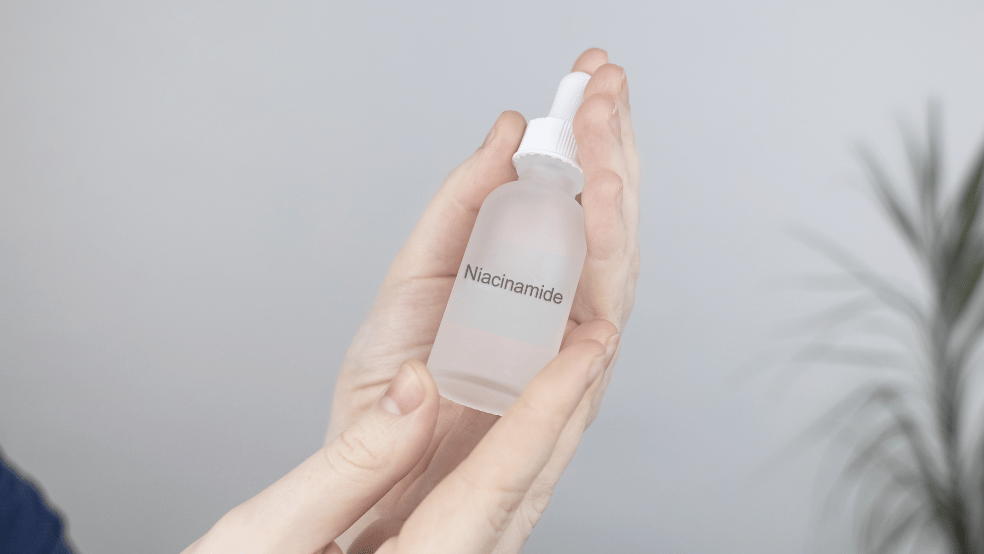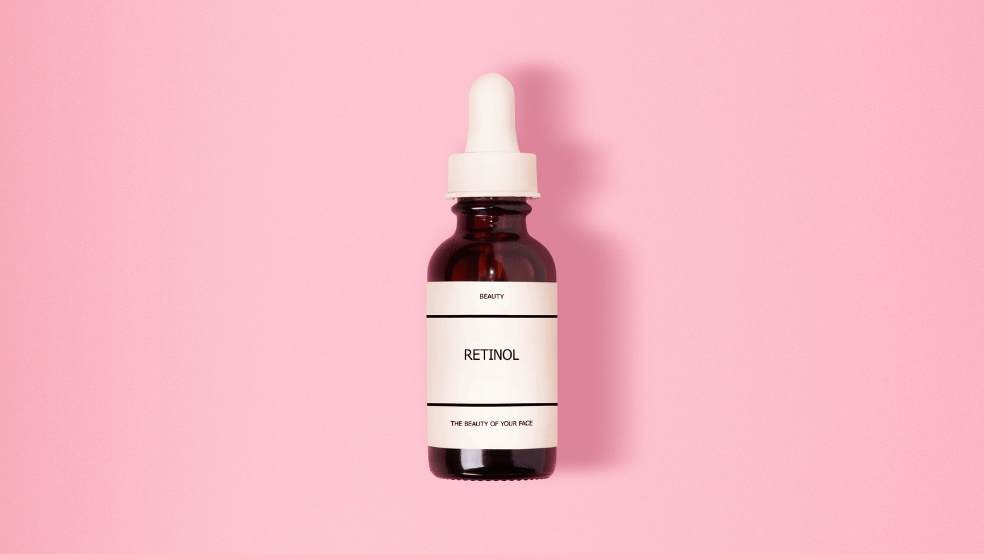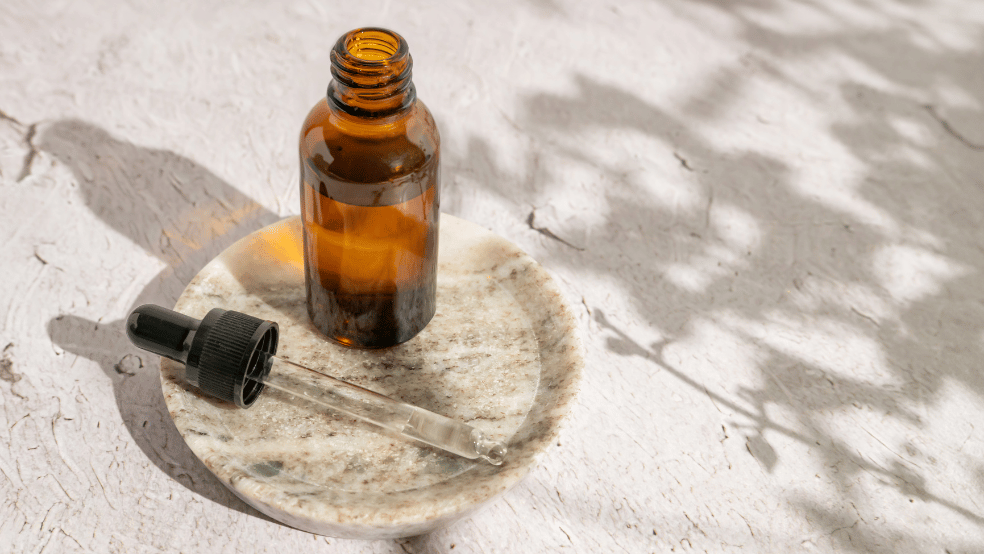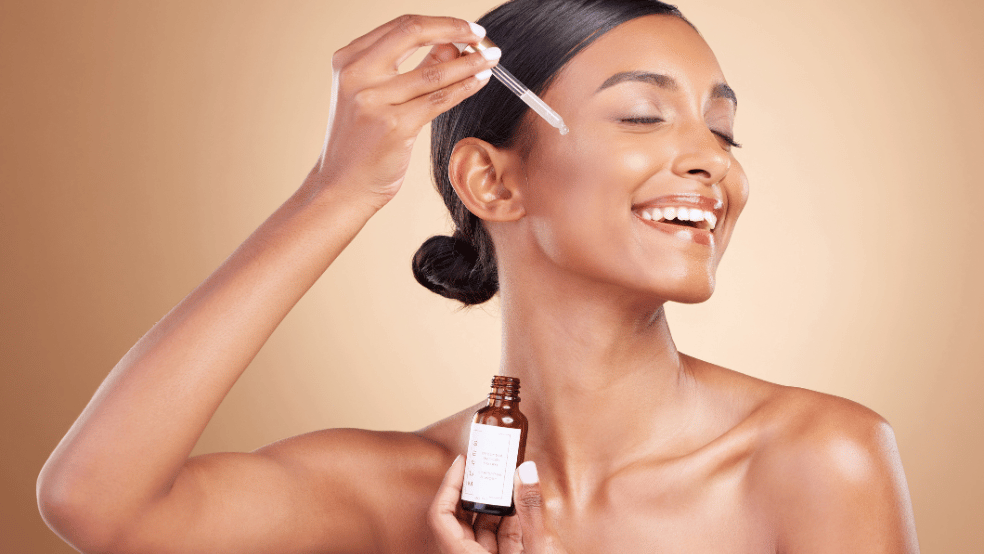When it comes to powerhouse skincare ingredients, niacinamide and retinol are two of the most talked-about options—but do you really need both? Or is one better than the other? If you’ve ever wondered whether to prioritize hydration and skin barrier support (niacinamide) or anti-aging and cell renewal (retinol), you’re not alone.
The truth is, these two ingredients are not rivals—they’re actually a dream team when used correctly. While niacinamide strengthens and soothes the skin, retinol accelerates cell turnover and smooths fine lines. But how do they work together? Should you apply niacinamide or retinol first? And is it safe to mix them?
In this guide, we’ll break down the key differences, benefits, and best ways to use niacinamide and retinol to get glowing, healthy skin—without the irritation. Let’s dive in!
Niacinamide vs. Retinol: Understanding the Key Differences
Both niacinamide and retinol are widely used in skincare, but they serve different purposes and affect the skin in distinct ways. While both ingredients contribute to a healthier complexion, they work through different mechanisms and are often recommended for different concerns.
What is Niacinamide?
Niacinamide, also known as Vitamin B3, is a water-soluble vitamin that plays a crucial role in skin barrier function, hydration, and overall skin health. It is well-tolerated by most skin types and offers a variety of benefits, making it a versatile ingredient in skincare.

Benefits of Niacinamide:
- Strengthens the skin barrier – Enhances the skin’s ability to retain moisture and resist environmental stressors.
- Reduces inflammation and redness – Soothes irritated skin, making it ideal for sensitive or acne-prone skin.
- Regulates sebum production – Helps control excess oil, reducing breakouts and shine.
- Minimizes the appearance of pores – Creates a smoother and more refined complexion.
- Evens skin tone and fades hyperpigmentation – Helps lighten dark spots and acne scars over time.
- Provides antioxidant protection – Defends against oxidative stress caused by pollution and UV exposure.
What is Retinol?
Retinol, a derivative of Vitamin A, is a potent ingredient widely recognized for its anti-aging and acne-fighting properties. It accelerates cell turnover, stimulates collagen production, and improves skin texture. However, it can also cause irritation, particularly for those with sensitive skin.
Benefits of Retinol:
- Boosts collagen production – Helps reduce the appearance of fine lines and wrinkles.
- Promotes faster cell turnover – Encourages new skin cell growth, leading to a smoother, more even complexion.
- Unclogs pores and reduces acne – Prevents breakouts by keeping pores clear of excess oil and dead skin cells.
- Improves skin texture – Reduces roughness and enhances overall skin smoothness.
- Fades hyperpigmentation and sun damage – Helps lighten dark spots and even out skin tone over time.

Which is Better: Niacinamide or Retinol Serum?
Rather than comparing them as alternatives, it is more effective to view niacinamide and retinol as complementary ingredients. The best choice depends on individual skin concerns:
- For sensitive or acne-prone skin: Niacinamide is a gentle and soothing option that strengthens the skin barrier, reduces redness, and controls oil production.
- For anti-aging, uneven texture, or acne scars: Retinol is more effective in promoting collagen production, fading pigmentation, and improving overall skin renewal.
- For best results: Using both together can enhance their benefits while minimizing irritation.
Can Niacinamide and Retinol Be Used Together?
Yes, niacinamide and retinol can be used together to create a well-rounded skincare routine. In fact, niacinamide can help counteract some of the irritation associated with retinol, making it easier to incorporate retinol into your regimen without excessive dryness or sensitivity.
How to Layer Niacinamide and Retinol in Your Routine:
- Apply niacinamide first – This strengthens the skin barrier and helps improve moisture retention. It can be used morning and night.
- Follow with retinol at night – Retinol should only be used in the evening, as it increases the skin’s sensitivity to sunlight.
- Use a moisturizer – Hydration is essential when using retinol to prevent dryness or irritation.
- Always apply sunscreen in the morning – Since retinol increases sun sensitivity, a broad-spectrum SPF 30 or higher is crucial to protect the skin.
Tip: If your skin is highly sensitive, consider using niacinamide in the morning and retinol in the evening, or start with retinol just a few times per week before increasing frequency.

Final Verdict: Niacinamide vs. Retinol Serum—Which One Should You Use?
There is no need to choose one over the other—niacinamide and retinol work best when used together. Niacinamide enhances hydration, calms inflammation, and supports the skin barrier, while retinol targets fine lines, texture, and pigmentation.
By incorporating both ingredients into your skincare routine strategically and gradually, you can maximize their benefits while minimizing irritation, leading to a healthier, more radiant complexion.
